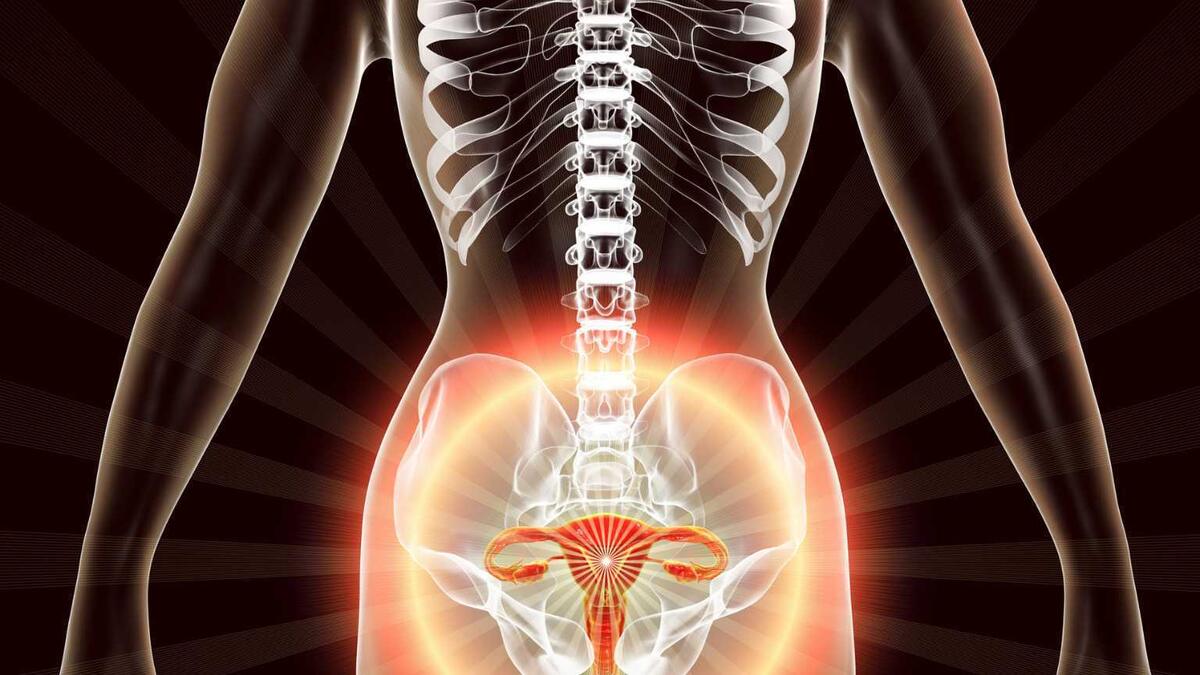Introduction
Blocked fallopian tubes can significantly impact a woman’s fertility and overall reproductive health, often presenting subtle or no symptoms aside from difficulty conceiving. This condition, which can be caused by a range of factors such as pelvic infections, endometriosis, or previous surgeries, often goes undetected until a woman struggles to become pregnant. Recognizing the signs, understanding the underlying causes, and exploring diagnostic methods are crucial for managing blocked fallopian tubes effectively. This article delves into the symptoms, causes, effects on fertility, diagnostic tests, and available treatments for blocked fallopian tubes, offering essential information for those affected by this condition.
1.Symptoms of blocked fallopian tubes
Blocked fallopian tubes often cause no symptoms other than difficulty conceiving. If you don’t get pregnant after a year of trying, it could be a sign of a blocked fallopian tube. Some women may experience symptoms such as back or abdominal pain due to a blocked fallopian tube. These pains may occur regularly, such as around the time of their period, or may be constant. Sometimes, a blockage in the fallopian tube can cause a fertilized egg to get stuck. This is known as an ectopic pregnancy. An ectopic pregnancy may not always cause symptoms and is usually detected during a scan. However, some women may experience pregnancy symptoms, such as abdominal pain on one side of the body, or vaginal bleeding. Any woman who suspects she has an ectopic pregnancy should seek immediate medical attention. If you have had trouble conceiving for a year, your tubes may be blocked.
2.Causes of Blocked Fallopian Tubes
Fallopian tubes can become blocked for a number of reasons, including: a history of pelvic infections, a previous burst appendix, a sexually transmitted disease, such as gonorrhea or chlamydia, endometriosis, a condition that causes the lining of the uterus to grow outside the uterus. History of abdominal surgery, hydrosalpinx, which is swelling and fluid at the end of the fallopian tubes. All of these conditions can directly affect the fallopian tubes. In most cases, these conditions create scar or scar tissue that can block the tubes.
3.Effects on fertility
A woman’s reproductive system is made up of the ovaries, uterus, and fallopian tubes. If a medical problem affects any of these three areas, it can make it difficult to get pregnant. The ovaries are connected to the uterus through the fallopian tubes. Ovaries store eggs and release them, one ovary releases one egg per month. For example, the right ovary may release one egg for 3 consecutive months, and then the left ovary one the following month. Can lay eggs. If a fallopian tube is blocked or obstructed, it is still possible for the egg to be fertilized. If both tubes are blocked, the egg is less likely to be fertilized.
4.Assessment
Blocked fallopian tubes can be difficult to diagnose. Tubes can open and close on their own, so it’s not always easy to tell if they’re blocked. There are three main tests for diagnosing blocked fallopian tubes: An X-ray test, called a hysterosalpingogram. A doctor injects an injection into the uterus, which should drain into the fallopian tubes. The scar is visible on X-ray. If the fluid doesn’t drain into the fallopian tubes, it means the tube may be blocked.
5.Blocked fallopian tubes
An ultrasound test, called a sonohysterogram. This is very similar to an X-ray test but uses sound waves to create an image of the fallopian tubes.
Keyhole surgery, called laparoscopy. A surgeon makes a small cut in the body and inserts a small camera to take pictures of the fallopian tubes from the inside. Laparoscopy is the most accurate test for blocked tubes. However, doctors may not recommend this test as an initial diagnosis
6.Treatment and surgery for blocked fallopian tubes
Blocked fallopian tubes can be surgically opened. However, it depends on where the blockage is. Surgery aims to open the fallopian tubes using one of the following methods: Removing scar or scar tissue Making a new hole outside the fallopian tube Opening the fallopian tube from the inside. Most surgeons perform the procedure using keyhole surgery
7.Blocked fallopian tubes and pregnancy
The purpose of surgery is to open the fallopian tubes to improve a woman’s chances of conceiving. Whether or not a woman will be able to get pregnant after surgery depends on the following factors: Her age, the health of her partner’s sperm, the level of fallopian tube damage. If surgery fails, the doctor may recommend in vitro fertilization or IVF. This procedure involves placing fertilized eggs directly into the uterus, which means pregnancy does not involve the fallopian tubes.
Conclusion
Blocked fallopian tubes can pose a significant challenge for women trying to conceive, but with timely diagnosis and appropriate treatment, the chances of successful pregnancy can be improved. While surgery to open the tubes may enhance fertility, the outcome can vary based on factors such as age and the extent of damage. For those who may not benefit from surgical intervention, alternative methods like in vitro fertilization (IVF) offer viable options. Seeking medical advice and exploring treatment options early on can help manage this condition and support the journey to parenthood.

